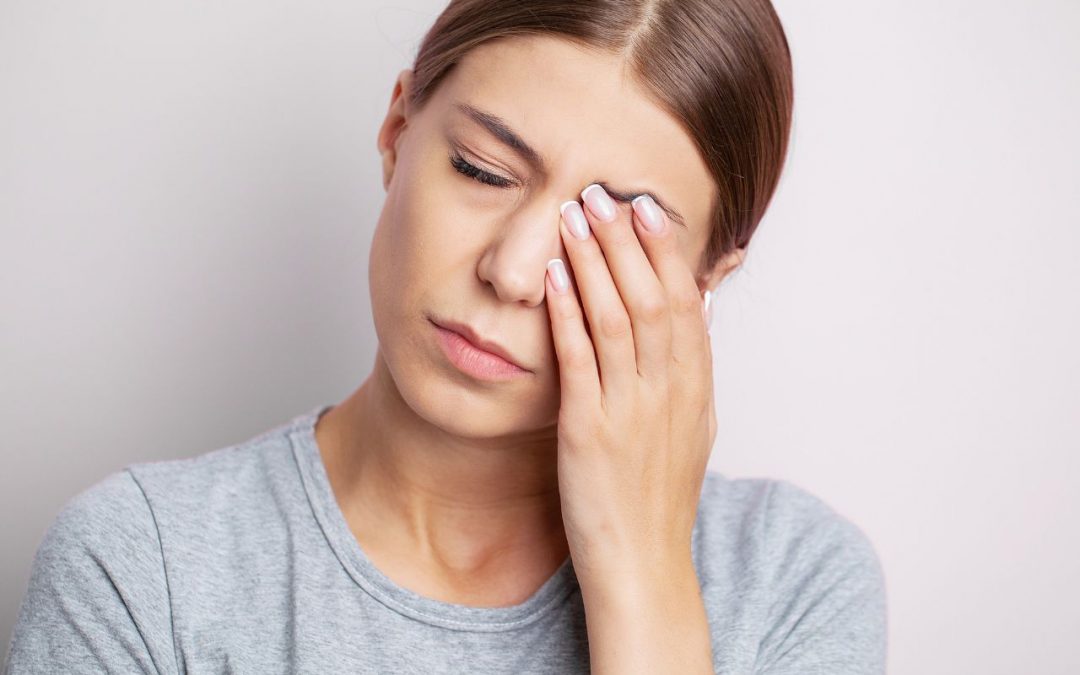A stye (also known as “sty” or “hodeolum”) is a reddish lump on the eyelid that is filled with pus and inflammatory cells. This occurs when an oil gland or hair follicle becomes blocked and infected. It is much like a pimple, and can be tender and painful to touch.
Styes usually heal in about one week. However if it is persistent and untreated, it may continue to grow into a chalazion.

A chalazion is similar to a stye in that it occurs in much the same way. However the difference is that chalazions are usually larger and may not hurt.
If left untreated, a chalazion may take a few months to heal.
How Can You Prevent Styes and Chalazions?
- Avoid rubbing your eyes as this can irritate them and let in bacteria. If you need to touch your eyes, please wash your hands first.
- Protect your eyes from dust and air pollution when you can. For example, wear safety glasses when you do dusty chores like raking or mowing the lawn.
- Replace eye makeup, especially mascara, at least every 6 months as bacteria can grow in makeup.
- Regularly carry out lid hygiene practices 2 to 3 times a week
-
- Use a heat pack on closed eye lids 10 min/day to help soften and loosen any blockages in the oil glands. Use a product like the DERM Dry Eye relief Mask.
- Squeeze your lower eye lid (close to the root of the eye lashes against the eye ball to make sure none of the oil glands are blocked). Apply 20 presses around the eye (both top and bottom of the lid)
- If you get styes or chalazia often, wash your eyelids regularly with eyelid cleanser such as Ocusoft Plus Eyelid Cleanser.
- Use eye drops to lubricate your eyes 3-4 times a day to prevent dry eyes.
- DryEye Forte Omega 3 Supplements (1200-1500mg/day, or 3 capsules/day) are clinically proven to support eye comfort and healthy tears. Cold pressed flaxseed Oil is a suitable vegetarian alternative.
- Treat any inflammation or infection of the eyelid promptly.
- There are treatments available to maintain the health of and routinely unblock oil glands for people who are particularly susceptible.
Click here to find out more about stye and chalazions treatment options.
If you have any questions regarding styes and chalazions, please don’t hesitate to contact us!
Talk to one of our optometrists about finding a suitable treatment for you.
